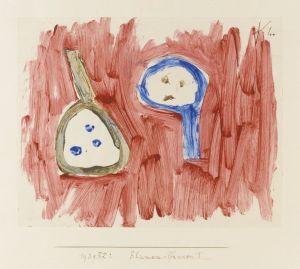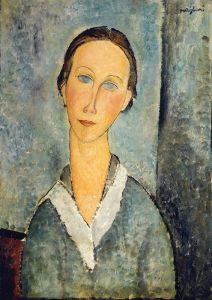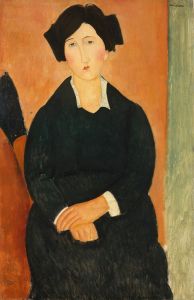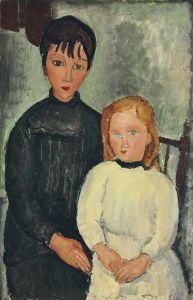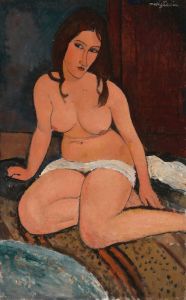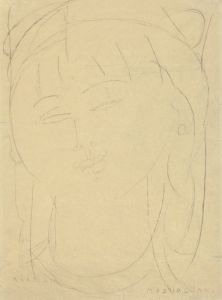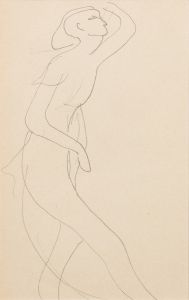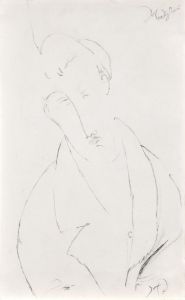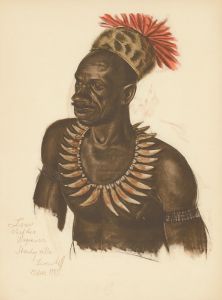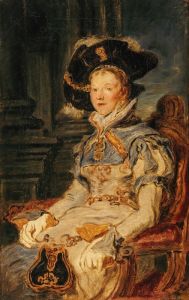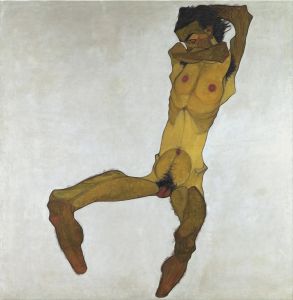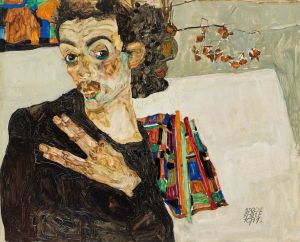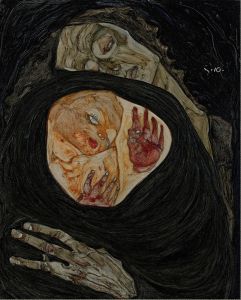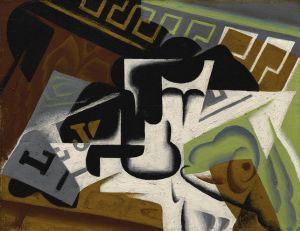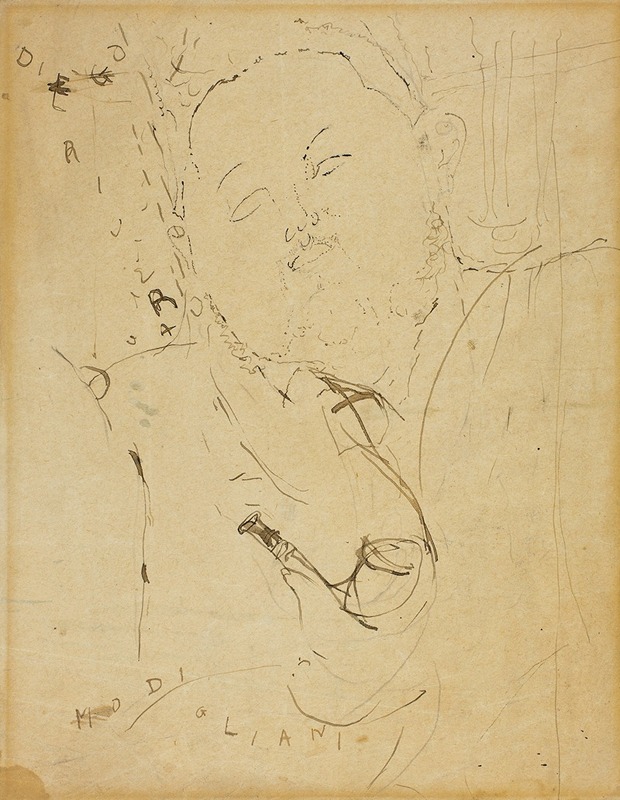
Diego Rivera
A hand-painted replica of Amedeo Modigliani’s masterpiece Diego Rivera, meticulously crafted by professional artists to capture the true essence of the original. Each piece is created with museum-quality canvas and rare mineral pigments, carefully painted by experienced artists with delicate brushstrokes and rich, layered colors to perfectly recreate the texture of the original artwork. Unlike machine-printed reproductions, this hand-painted version brings the painting to life, infused with the artist’s emotions and skill in every stroke. Whether for personal collection or home decoration, it instantly elevates the artistic atmosphere of any space.
Amedeo Modigliani, an Italian painter and sculptor, is renowned for his distinctive style characterized by elongated forms and faces. Among his many portraits, "Diego Rivera" is a notable work that captures the likeness of the famous Mexican muralist Diego Rivera. Painted in 1914, this portrait is a testament to the friendship and mutual respect between two influential artists of the early 20th century.
Modigliani and Rivera were both part of the vibrant artistic community in Paris during the early 1900s, a period often referred to as the École de Paris. This era was marked by a confluence of artists from various backgrounds who were drawn to the city, seeking inspiration and collaboration. Modigliani, originally from Livorno, Italy, moved to Paris in 1906, where he became an integral part of this avant-garde community. Rivera, on the other hand, arrived in Paris in 1909, after studying art in Mexico and Spain. The two artists met in the bohemian circles of Montparnasse, a neighborhood that was a hub for artists, writers, and intellectuals.
The portrait of Diego Rivera by Modigliani is executed in oil on canvas, a medium that Modigliani frequently employed. The painting exemplifies Modigliani's signature style, with its elongated neck and face, and a focus on the sitter's eyes, which are rendered in a way that suggests introspection and depth. Unlike many of Modigliani's other portraits, which often feature women, this painting of Rivera stands out as a depiction of a fellow male artist, highlighting the camaraderie and mutual influence within their circle.
Modigliani's portrayal of Rivera is not just a simple likeness; it captures the essence of Rivera's personality and presence. The elongated features and simplified forms are characteristic of Modigliani's approach, which was influenced by African art and sculpture, as well as by the works of artists like Paul Cézanne. This style, while unique to Modigliani, also resonated with the broader movements of modernism and expressionism that were prevalent at the time.
The friendship between Modigliani and Rivera was part of a larger network of relationships among artists in Paris. Both artists were influenced by the cultural and artistic exchanges that defined the period. Rivera, who would later become famous for his large-scale murals depicting Mexican society and politics, was at the time exploring various styles and techniques, including cubism, which was gaining prominence in Paris. Modigliani, although not directly involved in cubism, was nonetheless part of the same dynamic environment that encouraged experimentation and innovation.
Today, the portrait of Diego Rivera by Amedeo Modigliani is appreciated not only for its artistic merit but also for its historical significance. It serves as a reminder of the rich cultural interactions that took place in early 20th-century Paris and the lasting impact these had on the development of modern art. The painting is housed in the Museo de Arte Latinoamericano de Buenos Aires (MALBA), where it continues to be a subject of study and admiration for art historians and enthusiasts alike.





